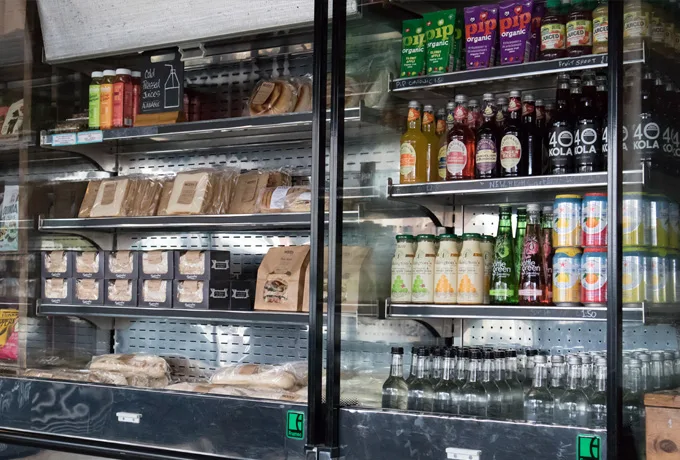State of the Industry Report: 2019 Was Another Record-Breaking Year for Operators
July 15, 2020

184714407 | Al Robinson | Dreamstime
Automatic Merchandiser’s annual State of the Industry report on vending and micro markets revealed that 2019 was another record-breaking year for operators in convenience services. Total industry revenue climbed nearly 3% to $24.2 billion, continuing the upward trend experienced over the past eight years.
This report is a good reminder that although business may be down currently due to COVID-19, convenience services operators came into 2020 stronger than ever. More than one-third of all survey respondents said their operations’ total sales increased by at least 10% from 2018 to 2019. And more than half said they increased the number of locations served in 2019.
Micro markets trends
The micro markets segment of the convenience services industry is especially healthy. Among survey respondents who operate micro markets, the majority (71.4%) said they increased the number of locations served in 2019, continuing a trend of year-over-year growth for the segment. Other micro market findings of note from the report:
- Operators opened more micro markets in smaller locations but reduced the number of staff supporting them. The average micro market location size decreased from 150–200 employees in 2018 to 100–150 employees in 2019. This labor reduction may be due in part to technology suppliers offering affordable tablet and mobile checkout systems and the increased availability of security solutions, including locking coolers and camera monitoring.
- Cashless payments continue to increase in popularity, with 37.8% of survey respondents calling it a good investment, up from 24.5% percent last year. Cashless payments streamline the checkout experience, moving customers through the micro market faster and improving their shopping experience.
- Theft remains the biggest challenge for operators managing a micro market. Challenges involving products—including selling fresh products that spoil, monitoring consumer trends, and offering healthy products that, according to one respondent, “everyone wants but doesn’t buy”—also were frequently reported.
- Cold beverages remain the largest category by revenue, with food and snacks in second and third place, respectively.
Shifts in service
One of the key trends that emerged from this report is that operators appear to be diversifying the services they offer and the locations they serve. Operators reported a higher percentage of sales in service categories outside of vending, micro markets and office coffee service (OCS), including pantry service, bulk vending, manual foodservice, music, games and janitorial supplies.
The category that showed the largest growth, “Other,” includes repair services, delivery, honor system snack boxes (which may also be classified as pantry service) and paper supplies. It will be interesting to review this category breakdown in next year’s report, once the impact of COVID-19 can be measured and analyzed.
Notably, the breakdown of micro markets by location shifted dramatically from the previous year. While the majority of micro markets are still located in manufacturing facilities and offices (25% and 23.9%, respectively), each of these categories experienced double-digit drops over the past two years. All but one of the remaining micro market location categories—retail sites, hotels, schools, restaurants, hospitals and military bases—increased; correctional facilities was the lone exception.
Several factors are at play here, including the strong economy and low unemployment rates in 2019. (Offering job perks like micro markets helps employers retain employees, for example.) Additionally, technology suppliers have helped operators streamline micro market implementation and management, increasing overall efficiency and making micro markets more profitable. Another contributing factor may be growing consumer acceptance of unattended retail. With the increased presence of Amazon Go and unattended retail options in public and semi-public environments, consumers likely are more comfortable with the micro market concept.
It will be interesting to see how these trends evolve this year, post-COVID-19. It’s possible, for example, that more consumers may seek unattended retail and touchless payments for safety reasons. While it remains unclear what the recovery from the COVID-19 pandemic will look like, convenience services operators potentially could bounce back stronger than ever by offering superior customer service and safe, contactless payment options to micro market customers.
Find additional micro markets insights and operational best practices here.
Stay Top of Mind With Operators
Read about 6 Trends Changing and Challenging the Foodservice Status Quo in 2022. Read Article
Recent Posts
All in Good Time: What Makes for a Winning LTO in 2021?
Chefs Cook Up the Future of Fast Casual Restaurant Operations
Chocolate 2.0: The Future of Chocolate Snacks & Desserts
Delivery-Only Restaurants Steer Foodservice in New Direction
Posts by Topic

Join our email list and be the first to know when we drop new articles, trends and insights with updates delivered directly to your inbox.




